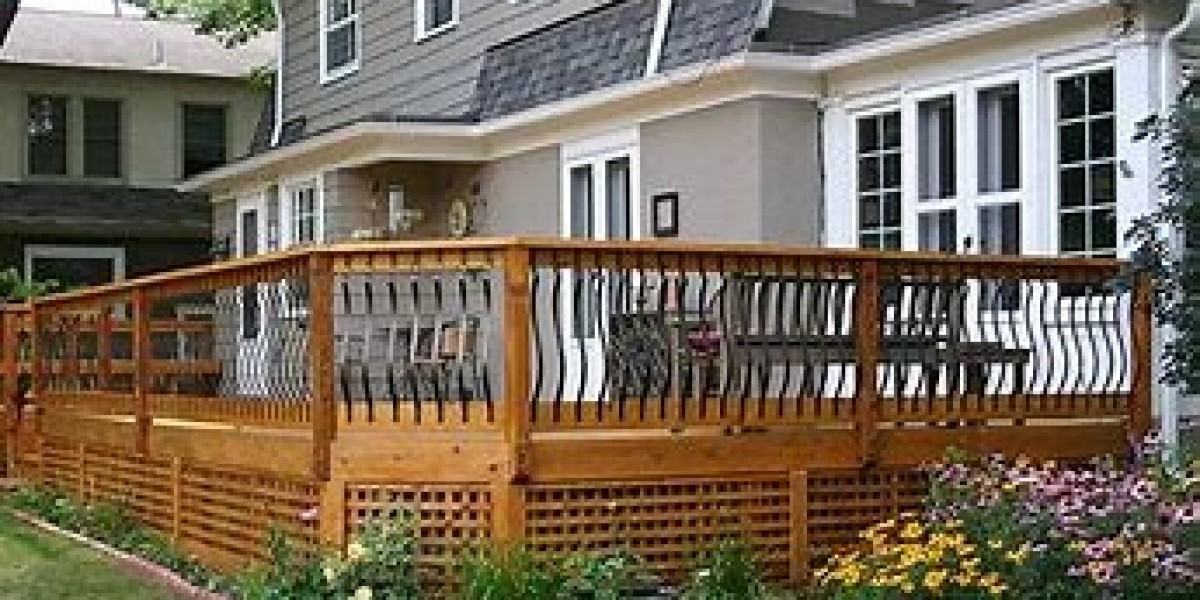Introduction:
While the visual appeal of a deck is undoubtedly important, the decision between wood and composite materials goes far beyond aesthetics. Practical considerations, such as maintenance, durability, and functionality, should guide your choice to ensure your outdoor space not only looks great but also stands the test of time. In this practical guide, we delve into the essential factors that go beyond aesthetics when choosing between wood and composite decking.
Maintenance Matters:
One of the most significant practical differences between wood and composite decking lies in the maintenance requirements.
Wood:
- Regular Maintenance: Wood decks demand consistent upkeep, including staining, sealing, and potential repairs to combat the effects of weather and wear.
- Time Investment: Homeowners should be prepared to invest time and effort into maintaining the pristine appearance of a wood deck.
Composite:
- Low Maintenance: Composite decking, on the other hand, requires minimal maintenance. No staining or sealing is necessary, and the material is resistant to rot, mold, and insects.
- Time-Saving: With composite, you can spend more time enjoying your deck and less time on maintenance tasks.
Durability in Different Environments:
Understanding how each material stands up to various environmental factors is crucial for a long-lasting deck.
Wood:
- Vulnerability: Wood is susceptible to moisture, insects, and UV rays, which can lead to decay, warping, and color fading.
- Location Considerations: The performance of wood decking can vary based on climate, making it essential to choose a species suitable for your region.
Composite:
- Weather Resistance: Composite materials are designed to resist moisture, insects, and UV damage, providing a more durable option in a variety of climates.
- Consistent Performance: Unlike wood, composite decking maintains its color and shape over time, offering consistent durability.
Functionality and Design Flexibility:
Consider how each material aligns with your functional needs and design preferences.
Wood:
- Natural Aesthetics: Wood provides a classic, natural look that many find appealing for traditional or rustic designs.
- Design Limitations: While wood offers versatility, it may have limitations in terms of color consistency and shape.
Composite:
- Versatility: Composite materials come in a wide range of colors and styles, providing more design flexibility to suit modern aesthetics.
- Uniform Appearance: Composite decks offer a consistent appearance wood vs composite, with uniform color and texture across the entire surface.
Budget Considerations:
Finally, practicality often intersects with budget constraints.
Wood:
- Initial Affordability: Wood decks generally have a lower upfront cost compared to composite.
- Long-Term Expenses: Ongoing maintenance costs can add up over time, impacting the overall cost of ownership.
Composite:
- Higher Initial Investment: Composite decking may have a higher initial cost, but the reduced maintenance requirements can lead to long-term cost savings.
Conclusion:
When choosing between wood and composite decking, practical considerations should weigh heavily in your decision-making process. Assess your willingness to invest time in maintenance, your climate's impact on materials, your design preferences, and your budget constraints. By going beyond aesthetics and considering the practical aspects, you can select the decking material that best aligns with your lifestyle and ensures a beautiful, functional outdoor space for years to come.



